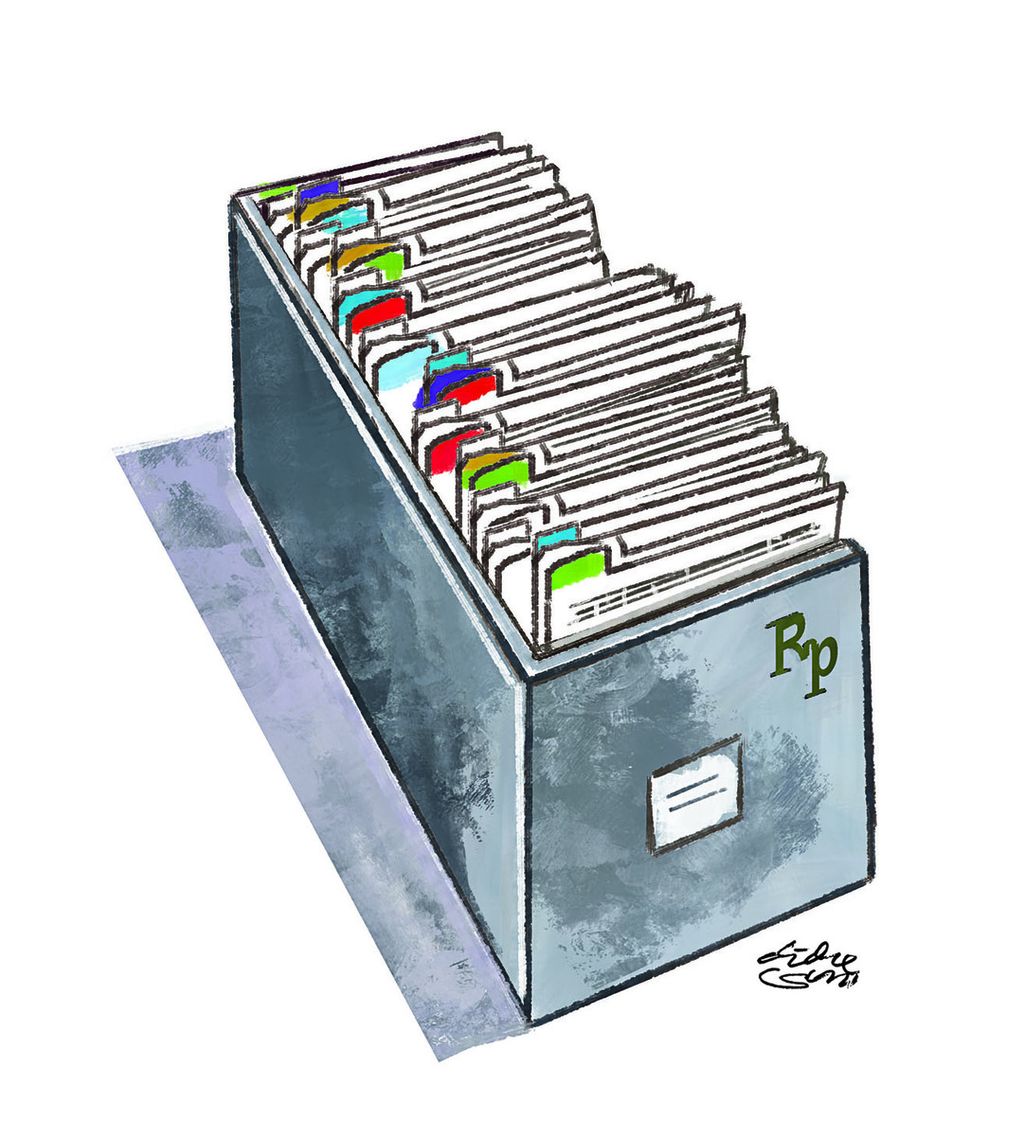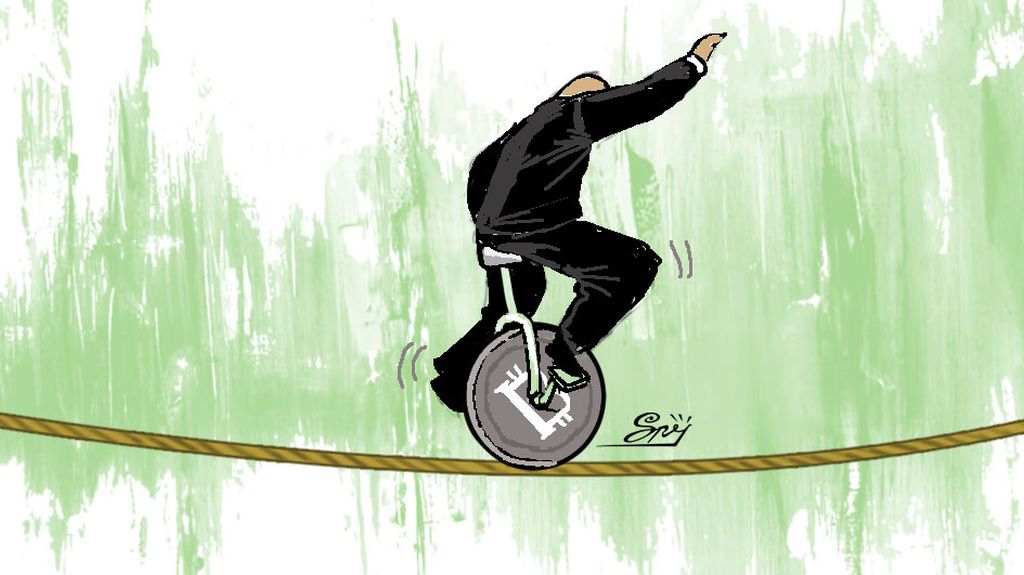Overcoming Price Shocks
How can a policy be adaptive, not only to today's shocks, but also to other possible future shocks? The answer is that the government can determine the basket of commodities consumed by poor or near-poor households.

Two years ago, the government of Indonesia dramatically expanded the coverage of social safety net programs to help the poor and middle class affected by the Covid-19 crisis.
These new -- and expanded -- programs such as the Basic Food Card, Village Cash Assistance, Pre-Employment Card and electricity subsidies, provide much-needed assistance to those who have lost their jobs or other income during times more difficult than those faced before.
However, as stated by Professor of Southeast Asian Studies from Harvard Kennedy School, Rema Hanna (Kompas, 7/3/2022), increasing prices of basic necessities -- largely due to the ripple effect of the Russia-Ukrainian war -- created new economic challenges for Indonesian society. The war disrupted supplies of grain and energy supplies from Russia and Ukraine, creating pressure on world food and energy prices.
In Indonesia, the prices of gasoline, LPG and electricity are indeed set by the government, but that does not mean that Indonesia is immune from the impact of increasing global prices. The fixed price is a tremendous burden for the state budget which includes a much greater burden of subsidy costs.
Three main principles
How can the government design the most effective policies to mitigate these shocks? This is not only to deal with the current crisis, but also for crises that may occur in the future.
Here are three main principles that are important to note. First, focus on the poor and the most vulnerable. Assistance should be directed to households that are most in need.
For households living below or near the poverty line -- currently around Rp 2,000,000 ($130.42) per month for a family of four, depending on the province -- an increase in the price of cooking oil, basic commodities or gasoline can be a huge burden and make a critical difference between “eating enough” and “starving”.
For middle-class households, price increases will also force them to reduce their spending, but the effects are not as grave as for those who are really poor.
Also read:
> Designing the Assistance Program for the Lower Middle Class
> Middle Class and Economic Inequality
The traditional approach to tackling this problem is to subsidize certain goods, as the current government does by subsidizing fuel. The problem is that middle-class households consume
more of these types of goods than poor households. This means that if the government subsidizes these goods, most of the subsidies will go to the middle class, not the poor.
Instead, the government can provide assistance to those identified as needy. The government can start with a list of the poorest and most vulnerable households in the country which has been prepared by the government agencies, based on the assets owned by each household.
Input from the local community can also be used to complete the lists so that those who are not yet included on the list -- perhaps because they have recently relocated, lost their job or as a result of other turmoil that caused them to fall into poverty -- can also be included.

This type of targeted assistance has become the basis for the implementation of several aid programs that have been implemented by the current government, such as the Basic Food Card, the Family Hope Program and electricity subsidies. This could be expanded further for enhanced food protection as well as assistance to mitigate the impact of increasing energy prices.
Second, assistance must be flexible. Households should be given the freedom to use the assistance they receive in the most reasonable way, according to their own circumstances. The easiest way to do this is to use a flexible electronic voucher, such as with the Sembako Program or with cash assistance.
For example, imagine if the price of noodles, which are also consumed by many people, increased. One flexible assistance program that can be implemented is for households to be given vouchers or cash, allowing them to decide for themselves how to allocate their budget most effectively. They can choose to eat more rice and eggs but less noodles, saving money but still getting the nutrients they need.
On the other hand, a special subsidy for noodles will force households to continue buying noodles if they wish to receive the subsidy.
How can a policy be adaptive, not only to today's shocks, but also to other possible future shocks?
There is now very strong evidence in a number of countries that households use cash effectively. Research conducted by the author and his colleagues in six countries, including Indonesia, shows that cash transfers do not make people lazy to work.
They generally do not use cash or flexible vouchers to buy cigarettes or other useless items. Instead, they use the aid to buy the things they need most, in the most cost-effective way.
Third, when indexing the amount of aid to the basket of basic needs, aid should be automatically indexed to the price of the goods needed. Currently, there may be fluctuations in the price of cooking oil, wheat and global fuel prices. Tomorrow, perhaps the turmoil will be the price of rice or some other basic needs.
How can a policy be adaptive, not only to today's shocks, but also to other possible future shocks? The answer is that the government can determine the basket of commodities consumed by poor or near-poor households.

The government can set a policy so that when the “basket” of these commodities becomes more expensive, the amount of assistance provided by the government automatically increases. If a certain item becomes more expensive -- say, cooking oil -- this will increase the amount of assistance, proportional to how much a typical household would spend on that item.
The idea of automatic-aid indexing is already being implemented in other countries. In the United States, for example, for the government's food voucher program, called SNAP -- the equivalent of a Food Card -- they define what they call a “Frugal Food Plan”. When the price of the “Frugal Food Plan” increases, the amount of food aid for the poor and near-poor households increases in the same proportion. Indonesia could adopt the same strategy for the Sembako Card and other aid programs.
More effective help
What could be replaced by this policy proposal? These programs can replace other, less efficient forms of assistance. For example, for many years, the government of Indonesia has regulated the price of fuel.
When world crude-oil prices increase, domestic prices are still set by the government so that consumers appear to be protected. However, even though consumers appear to be “protected”, there are others who have to pay the high price of oil. The government -- which means Indonesian taxpayers -- pays, in the form of high subsidies, which are mostly enjoyed by the middle class rather than the poor and vulnerable groups.
A better approach is to let domestic prices follow global market prices, but provide more targeted assistance when fuel prices are high so that vulnerable households are protected.
The ban on exports of crude palm oil (CPO) earlier this year is an example of another type of inefficient policy solution, although here the solution is a bit more complex. Indeed, a ban on CPO exports may reduce domestic price pressures, but the country is missing out on a large amount of potential export earnings and also reduces the incomes of smallholders.
Also read:
> Commodity and Energy Boom: Double-Edged Sword
In this case, export tariffs, combined with targeted-aid programs, can achieve similar objectives more effectively -- maintaining export capability, lowering domestic prices, but at the same time generating income that can be used to compensate the household.
In the column on Wednesday (6/7), Chatib Basri will discuss how reducing or eliminating total price subsidies or replacing quantity restrictions with export tariffs can provide considerable fiscal space for more effective aid programs.
These three principles -- targeting aid to those most in need, flexibility for beneficiaries and automatic indexing -- provide the foundation for effective social-assistance policies. They can be used to address the current food and energy crisis as well as other shocks that are sure to come in the future.

Benjamin A Olken
Benjamin A Olken
Professor of Microeconomics Jane Berkowitz Carlton and Dennis William Carlton at MIT, Director of MIT's Abdul Latif Jameel Poverty Action Lab (J-PAL)
This article was translated by Kurniawan Siswo.